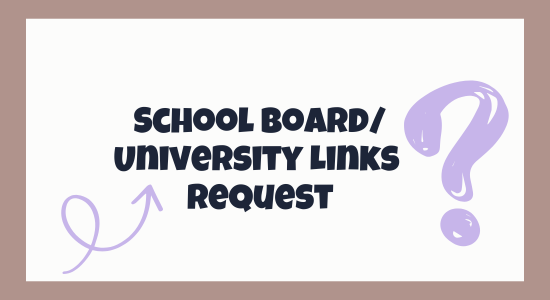
Overcoming the Digital Gap in Education: Obstacles and Potential Solutions
In the 21st century, technology has become an integral part of education, reshaping how students learn and educators teach. However, not everyone benefits equally from this transformation The "digital divide"—the difference between people who have access to digital resources and people who don't—remains a significant obstacle to universally accessible education. In this blog, we will explore the causes and effects of the digital divide in education and discuss practical solutions to bridge this gap.
What is the Digital Divide in Education?
The difference in how different demographics have access to technology and the internet is known as the "digital divide." In the educational context, this divide manifests as unequal access to digital devices, reliable internet, and digital literacy skills among students and schools. This inequality often exacerbates existing educational disparities, particularly among underprivileged communities.
Causes of the Digital Divide in Education
- Socioeconomic Disparities: Students from low-income families often lack access to essential devices like laptops, tablets, or smartphones, as well as reliable internet connections.
- Geographical Barriers: Rural areas frequently face limited broadband infrastructure, making it difficult for students in these regions to engage in online learning.
- Institutional Inequities: Schools in underserved communities may lack the funding to provide modern technology or incorporate digital tools into their curriculums.
- Digital Literacy Gaps: Even when devices are available, students and teachers may lack the skills needed to effectively use technology for educational purposes.
Impact of the Digital Divide on Education
- Learning Disparities: Students without access to digital tools are at a disadvantage in completing assignments, accessing online resources, and developing technical skills.
- Widening Achievement Gaps: The lack of access disproportionately affects marginalized groups, further widening educational inequalities.
- Limited Career Opportunities: Inadequate exposure to technology and digital skills can hinder students' preparedness for the modern workforce.
- Social Isolation: Students without connectivity miss out on collaborative online learning experiences, affecting their social development and engagement.
Solutions to Bridge the Digital Divide
1. Improving Access to Technology
- Device Distribution Programs: Governments and non-profits can collaborate to provide devices such as laptops or tablets to students in need.
- Affordable Connectivity Initiatives: Partnerships with internet service providers can make broadband more accessible and affordable for low-income families.
2. Investing in Infrastructure
- Expanding Broadband Coverage: Investing in rural broadband networks can ensure that remote areas have access to high-speed internet.
- Upgrading School Technology: Schools should prioritize funding for digital tools and infrastructure to support modern teaching methods.
3. Promoting Digital Literacy
- Training Programs for Educators: Teachers should receive professional development to integrate technology into their lesson plans effectively.
- Student Workshops: Schools can organize workshops to teach students essential digital skills like online research, cybersecurity, and using productivity tools.
4. Leveraging Public-Private Partnerships
- Corporate Contributions: Technology companies can donate devices, software, or training resources to schools.
- Community Engagement: Local businesses and organizations can sponsor internet access points or technology centers in underserved areas.
5. Policy Advocacy
- Governments must prioritize policies that address educational inequities, such as subsidizing technology for low-income families and enforcing universal broadband access.
The Role of Stakeholders
- Educators: Innovate teaching methods to blend traditional and digital learning.
- Parents: Advocate for better resources and support children’s digital education at home.
- Students: Actively engage in learning digital skills and resources provided.
- Policymakers: Enact legislation to reduce technological disparities in education.
Addressing the digital divide in education is essential for creating a more equitable society. By ensuring that all students have access to the tools and skills necessary for digital learning, we can empower the next generation to thrive in a technology-driven world. Collaboration among governments, educators, families, and the private sector is key to bridging this gap and ensuring that no student is left behind.
Bridging the digital divide is not just an educational necessity; it is a societal imperative that ensures equal opportunities for all. Together, we can close the gap and create a brighter, more inclusive future for students everywhere.
0 Comments
-
Comments will be injected here via JS












Post a Comment